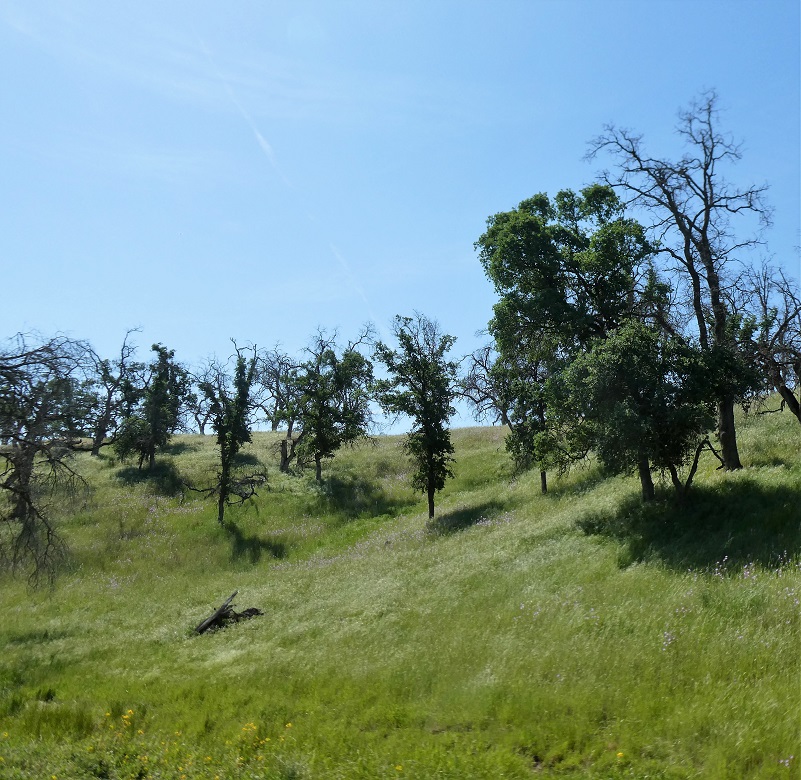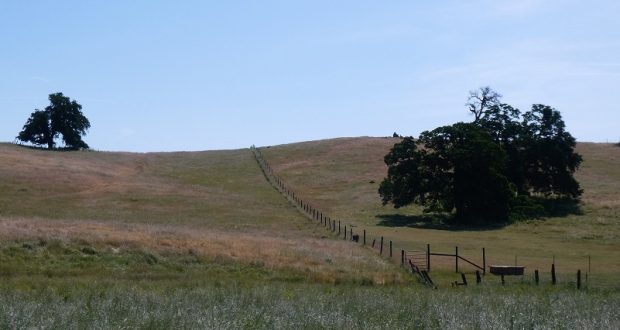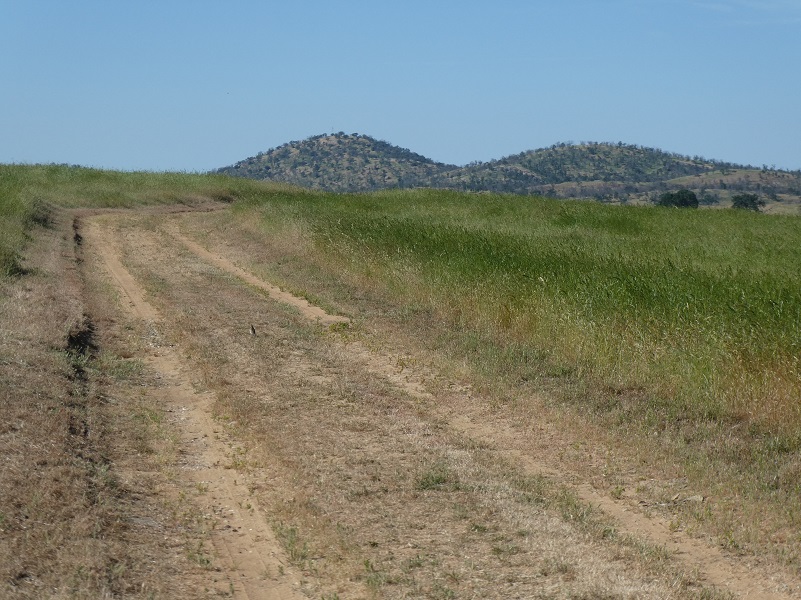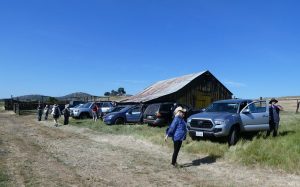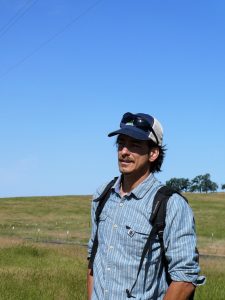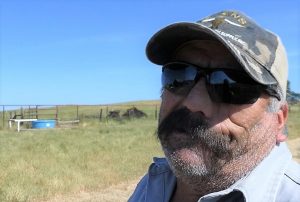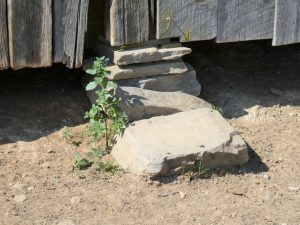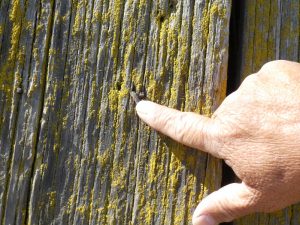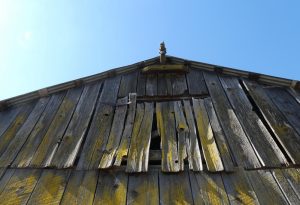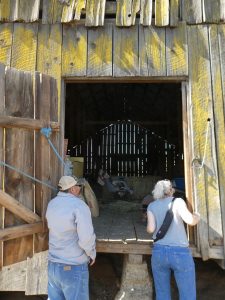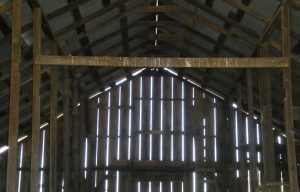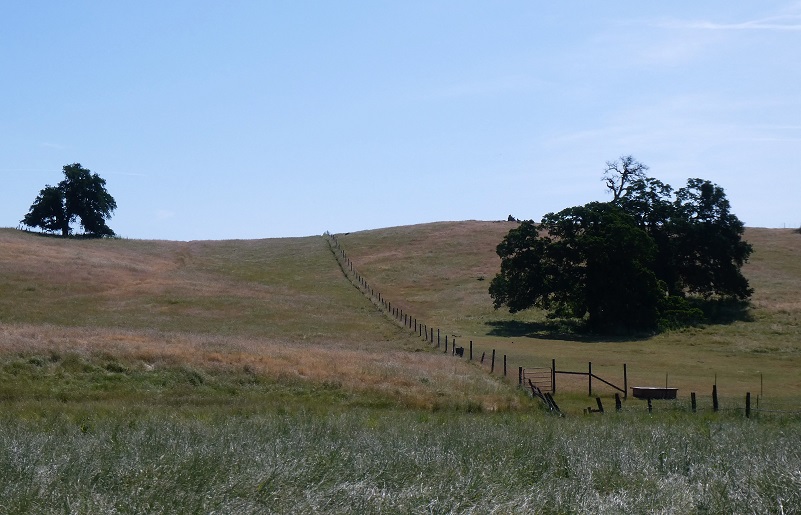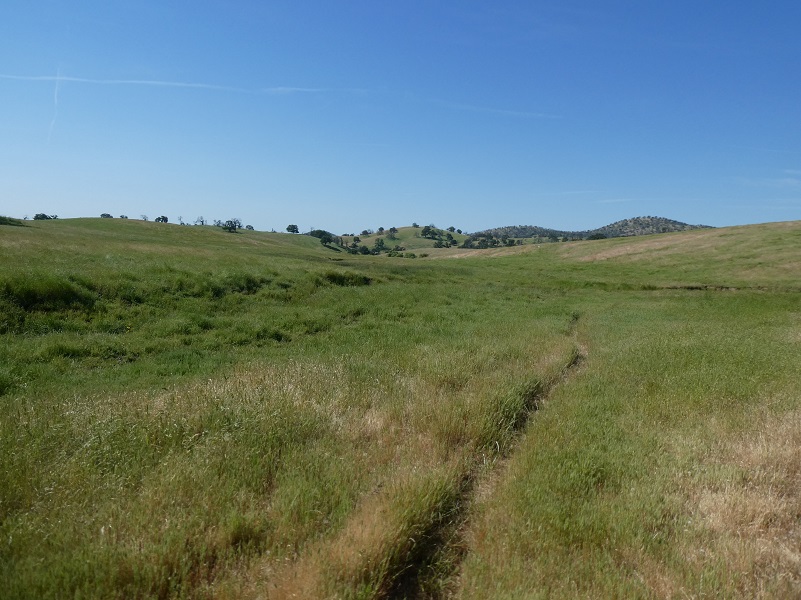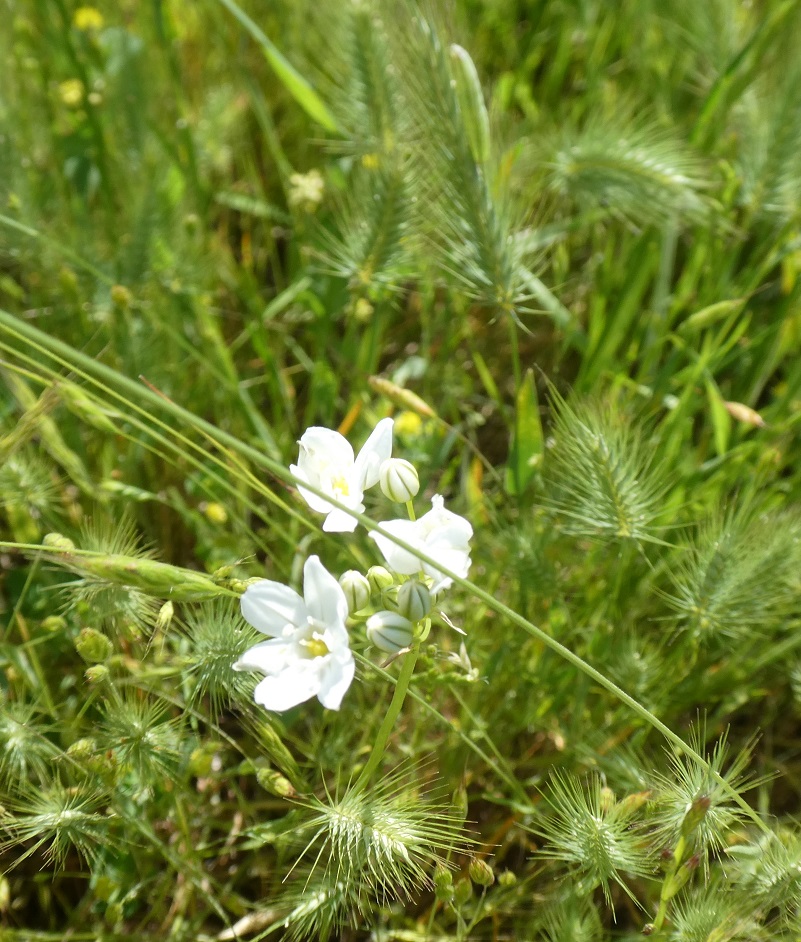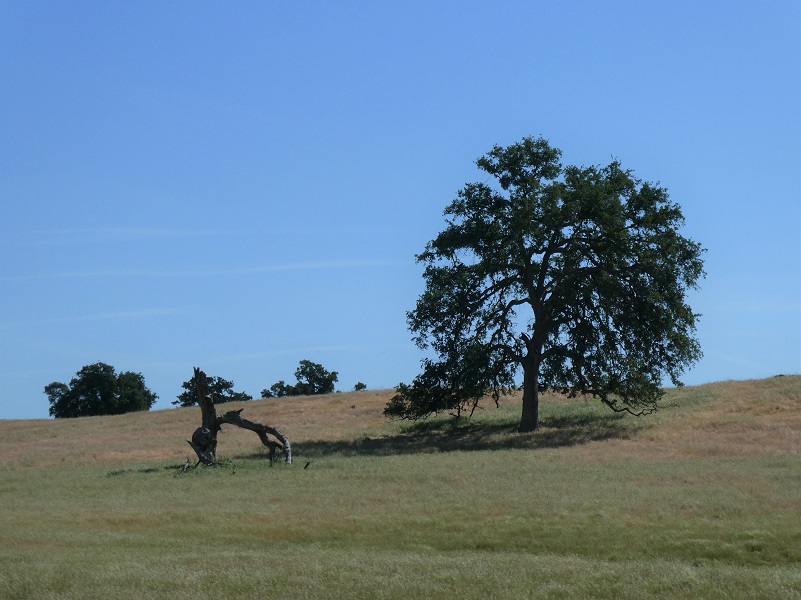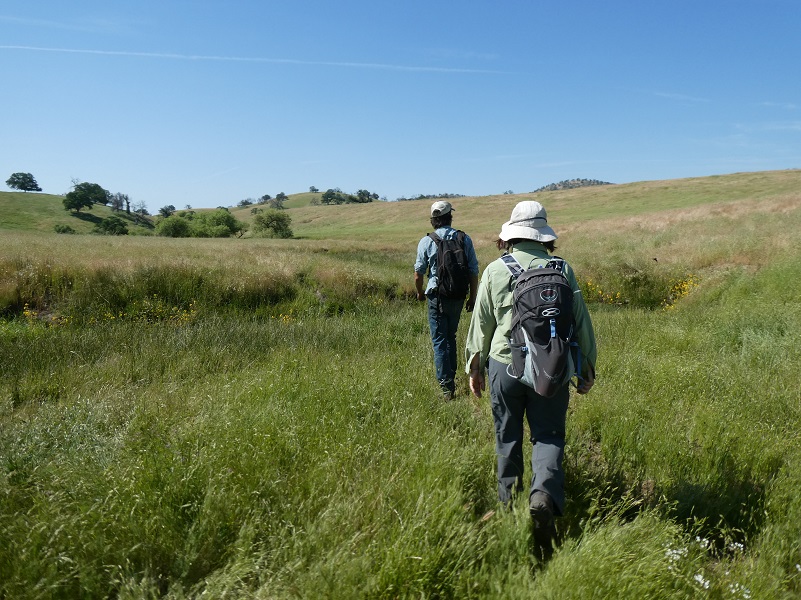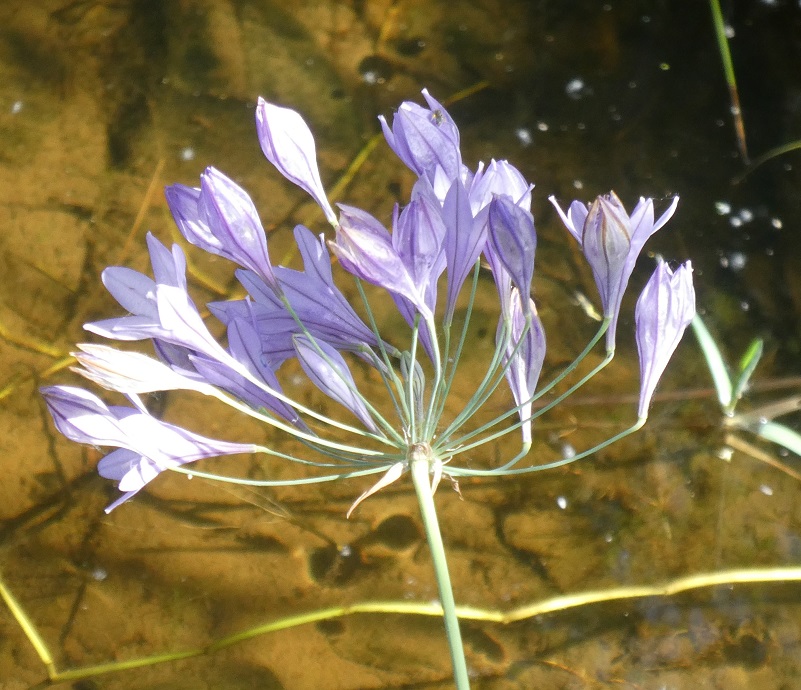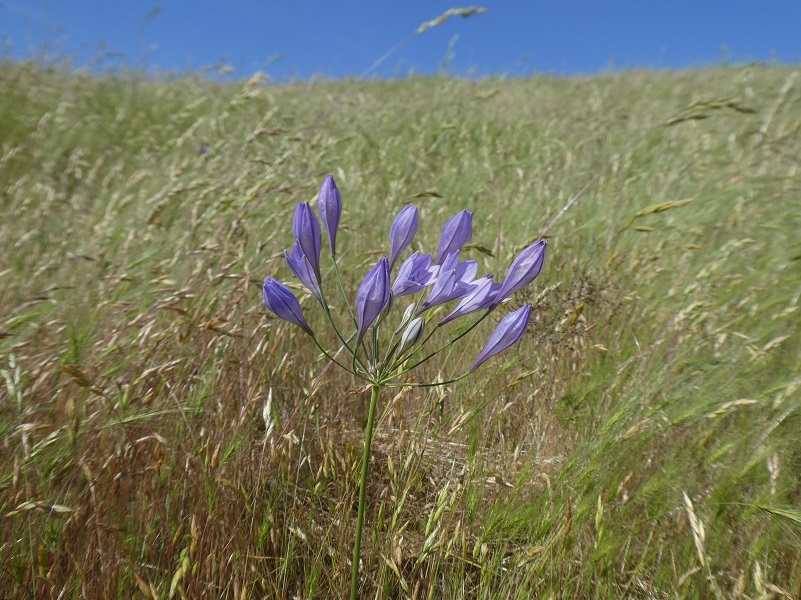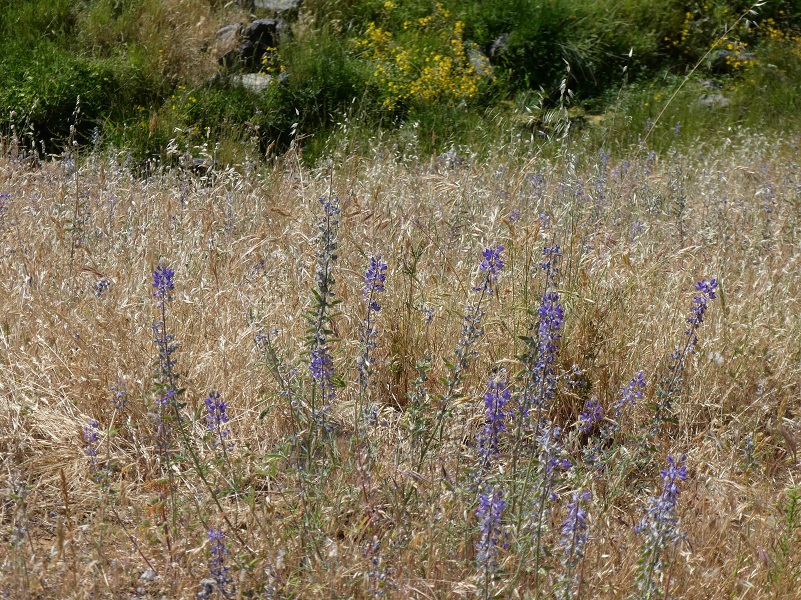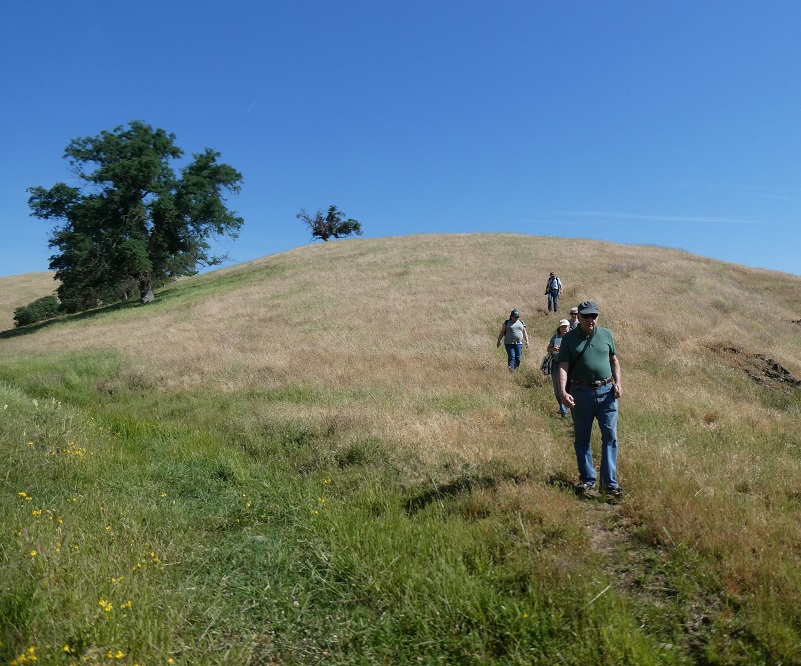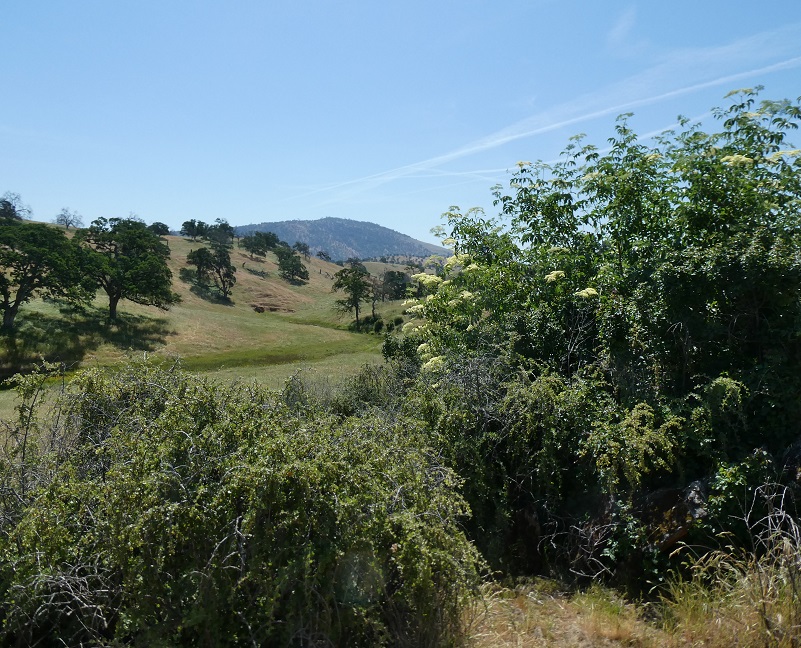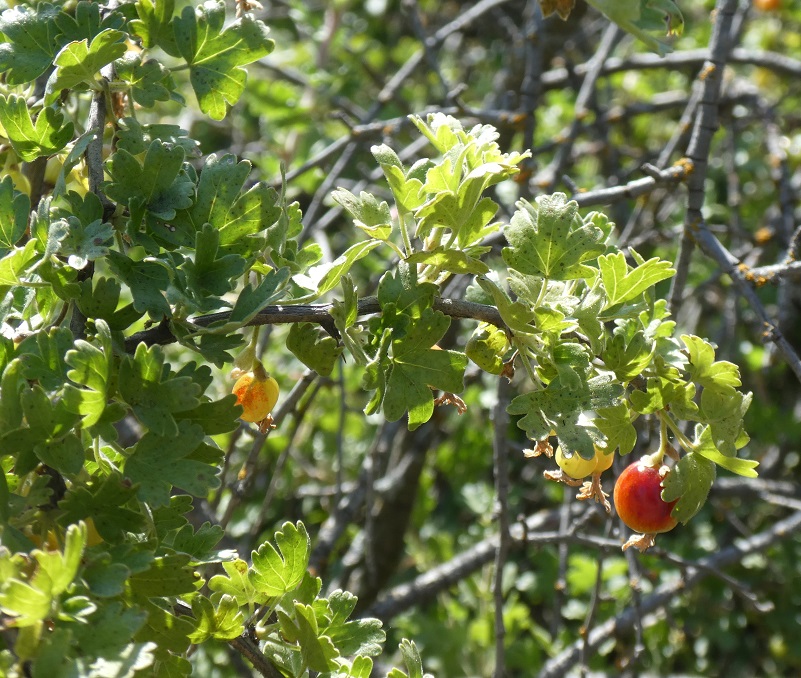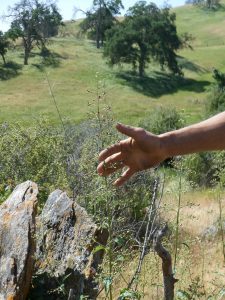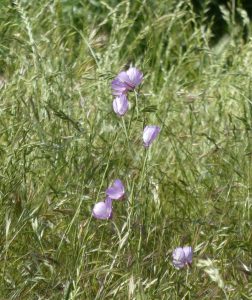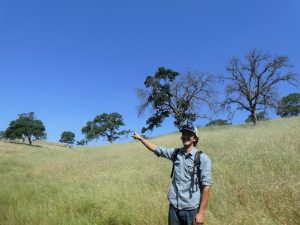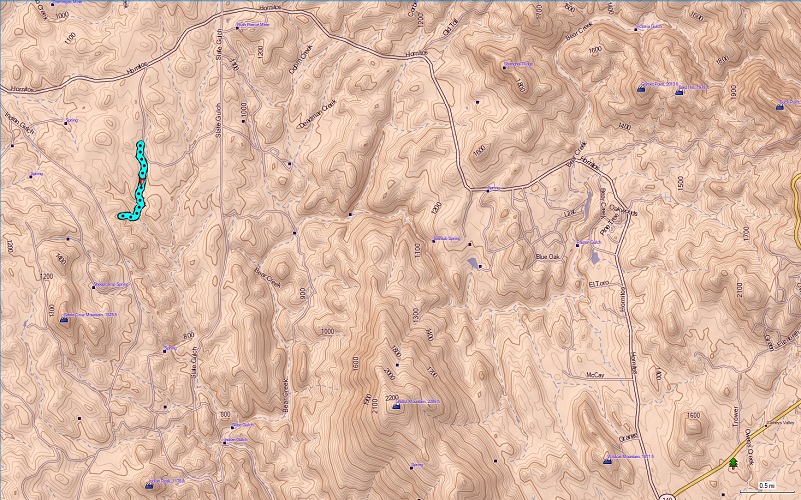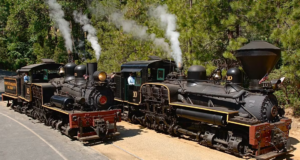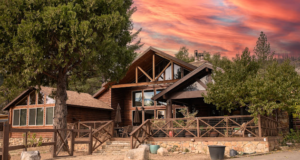This is one of those hikes that is not open to the public and you can only go on the property with the Sierra Foothills Conservancy. Since they don’t offer hikes here very often, I jumped at the chance to see some new country to me, learn more about native grasses, wildflowers and the drought tolerant blue oak. The Catheys Valley area was the setting for my adventure this week on a wildflower walk on the Bohna Ranch.
Where: Sierra Foothill Conservancy, Bohna Preserve
Distance: About 2 miles
Difficulty: Easy
Elevation Range: 939′ – 1,041′
Date: May 5, 2019
Maps: Academy and Millerton Lake East Topographic Quads
Dog Hike? No, dogs not allowed on Sierra Foothill Conservancy Bohna Preserve
Our group met up the Oasis Historic Rest Stop at Catheys Valley at on Highway 140 to caravan to the Bohna Preserve. These preserves are only available to be accessed through their scheduled hikes, classes and open preserve days. They are very special places with sensitive environments, some set aside for specific endangered species, while some are donated by landowners who want to see the land cared for and protected forever. A link to their website with their event calendar is at the end of this blog.
The Sierra Foothill Conservancy is the proud owner of eight nature preserves, totaling 6,481 acres and Conservation Easements totaling 19,363 acres. My hike today was on the 840-acre Bohna Preserve. The Conservation Easement was acquired in 2008 and the property had previously been in the Bohna family since 1991. It is a working ranch with approximately 170 cow-calf pairs during grazing season. The Bohna Preserve is located in the rolling foothills with several significant water sources that include two streams, several springs, seeps, vernal pools, and seasonal wetlands. This is just one of the reasons that it is an important habitat for a wide variety of native plants and wildlife.
We headed north on pavement for a while, then we turned off on a dirt road, opening a couple of gates along the way, parking next to an old barn.
Our docent on this hike was Ben Fluharty and he was very knowledgeable about the flora and fauna along our route. Sierra Foothill Conservancy hikes are led by a very dedicated group of volunteers who are passionate about sharing the wonder of nature with visiting hikers. As these docents lead groups on the various properties, they share aspects of cultural history, habitat features, and facts associated with the specific property visited. Each of these dedicated hiking docents have varying backgrounds, lending expertise in a variety of areas.
Please meet Tony. He asked me if I wanted to take a closer look at the old barn and who can resist an invitation like that? He said that the barn was built in 1898. Look at the rock foundation and square nails.
He asked if we wanted to look inside. Of course!
As our group got our things ready for our short hike, I admired the beauty of a fenceline.
He spotted a flowering member of the onion family.
The oaks and range were just beautiful.
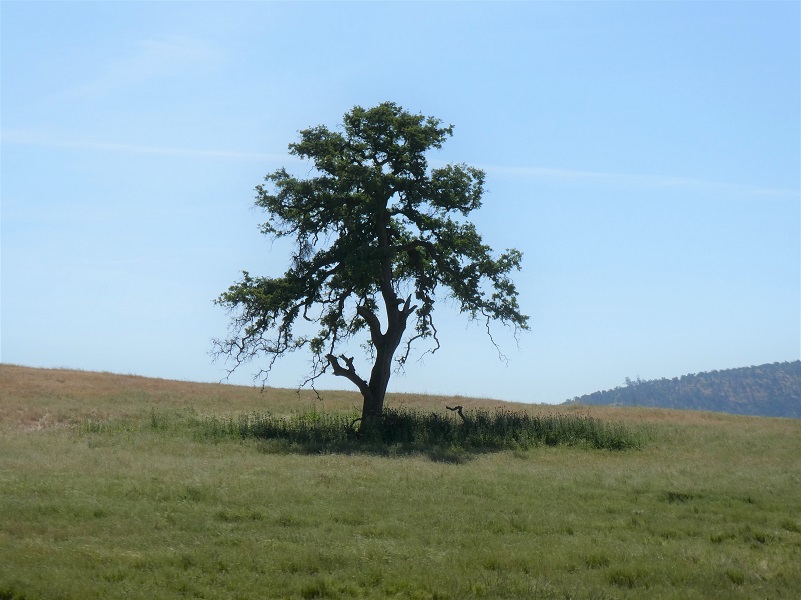 Our cow trail led us up along a very small creek and we watched red-winged blackbirds flying around, landing and have disagreements with other birds.
Our cow trail led us up along a very small creek and we watched red-winged blackbirds flying around, landing and have disagreements with other birds.
Giant purple flowers, some as big as my head, were along the creek. These were Ithuriel Spear or Wally Basket, a member of the Brodeia Family.
We saw many other wildflowers as we wandered up along the creek and the love songs of the frogs and toads serenaded along the way.
Ben stopped to show us a buffalo currant bush and yellowish blooming elderberry growing next to each other, valued food sources for the Native Americans. This area also provided cover for animals in this grassy area along the creek. When we looked closer we could see plenty of scat and bones where some critters had used the area for a den and eating spot.
The buffalo currant, a member of the Ribes Family, already had fruit on it.
Ben showed us a foxglove that was finishing up its flowering. It was beautiful seeing the pinks and purples of other flowers along the way.
Ben took the opportunity to share some information on the unique blue oak that grows in this tight band along the lower foothills in our area. It doesn’t grow as tall as our other oaks but it is the most drought tolerant of California’s deciduous oaks.
The upper surface of blue oak leaves have a thick, waxy coating, which reduces evaporation and gives the leaves their characteristic bluish hue. Also the canopy of these trees is fairly open, so blue oaks have fewer leaves relative to less drought-tolerant species. This means they have less leaf surface from which water can evaporate. These trees also have complex anatomical and physiological adaptations that help them withstand internal stresses imposed by dehydration.
Normally blue oaks are winter-deciduous, dropping their leaves in the fall. However, when water becomes too scarce, even for blue oaks, they become drought-deciduous and simply drop their leaves and remain dormant until the following spring. Drought dormancy is common among desert and chaparral plants, but is a rare feature for oaks and for trees in general.
Ben showed us some trees that had dropped their leaves due to our past drought but this year were leafing out again. But we could also see some trees that probably did not make it past the drought.
It was time to head back and we made our way back on the same cow trail we had come out on but it’s funny that you always notice things that you missed on the same trail such as this beautiful flower arrangement along the creek.
Thank you Ben, Tony and the Sierra Foothill Conservancy so much for a great hike, a really fun adventure and loved learning new things about this area.
If you are interested in going on one of these guided hikes on the Sierra Conservancy land, there are many choices on their website linked at the end of this blog. You can sign up online and if you are a member, there is no cost. Don’t worry if you are not a member though because the cost is minimal; $10 for this hike. The funds go to a wonderful cause – protecting our foothill lands. They also have some Open Preserve Days which there is no charge to attend.
These preserves are only available to be accessed through their scheduled hikes, classes and open preserve days. They are very special places with sensitive environments, some set aside for specific endangered species, while some are donated by landowners who want to see the land cared for and protected forever. The hikes and classes are led by a very dedicated group of volunteers who are passionate about sharing the wonder of nature with visiting hikers. As they lead groups on the various properties, they share aspects of cultural history, habitat features, and facts associated with the specific property visited. Each of these dedicated hiking docents have varying backgrounds, lending expertise in a variety of areas.
Dog Hike? No Sierra Foothill Conservancy Dog Policy: In order to protect endangered species and sensitive habitat, only service dogs are allowed on the preserves, with the exception of the Stockton Creek Preserve in Mariposa where dogs are welcome at any time.
Doarama:
What is a Doarama? It is a video playback of the GPS track overlaid on a 3-dimensional interactive map. If you “grab” the map, you can tilt it or spin it and look at it from different viewing angles. With the rabbit and turtle buttons, you can also speed it up, slow it down or pause it. One of the cool things about the Bohan Preserve Doarama is that you can spin the map and see the mines and springs in the areas. You will also notice roads leading to and from these. It helps show community relationships back when this area was being developed.
Map:
Sources:
Sierra Foothill Conservancy Preserves
Prior Blogs in the Area:
Hiking In The Rain To Table Mountain At The McKenzie Preserve March 23, 2019
Learning About Range Management on the McKenzie Preserve March 20, 2019
Hiking from McKenzie Preserve to Sky Harbor January 22, 2018
